Antibacterial Properties: Test Results

Tested by KAKEN TEST CENTER OSAKA OS-18-078198-2 March 18, 2019
HOW TO READ THE RESULTS
The threshold for what can be called an "antibacterial fabric" in Japan is an 'antibacterial activity value' of 2.0. The tested fabric from Aizome Bedding™ is with 5.7 almost 3 times more potent than this stipulation. The bacteria tested with is Staphylococcus aureus, which causes the vast majority of skin and soft tissue infections in humans and accounts for over 10 million outpatient visits and almost 500,000 hospital admissions in the United States each year. This bacteria is infamous for surviving in bed sheets and thriving for days. The test results are compared with a conventional fabric which shows the increase of the bacteria over the course of the tested period. The remarkable properties of Aizome Bedding™ have become quantified by this test.
ABOUT THIS TEST
SUMMARY OF THE JIS L 1902 TEST
- The test microorganism is prepared by growth in a liquid culture medium.
- The suspension of test microorganism is standardized by dilution in a nutritive broth (this affords microorganisms the potential to grow during the test). The level of nutrition present in the nutritive broth is important, and is specified by the method. Growth of the microorganism is required on the control fabric for the test to be valid.
- Control and test fabrics are inoculated with microorganisms in triplicate, ensuring that the inoculum is only in contact with the fabrics.
- Initial microbial concentrations are determined at "time zero" by elution, then dilution, and plating of control fabrics immediately after inoculation.
- Additional inoculated control and test fabrics are allowed to incubate undisturbed in sealed containers at body-temperature for 18 hours.
- After incubation, final microbial concentrations are determined. Reduction of microorganisms relative to initial concentrations and the control fabric is calculated.
- Controls are run to ensure that the neutralization/elution method effectively neutralizes the antimicrobial agent in the test fabrics.
STRENGTHS OF THE JIS L 1902 TEST
- The method is quantitative and results are generally reproducible.
- The method tests for both bacteriostatic (growth-inhibiting) and bactericidal (bacteria-killing) properties on a given antimicrobial fabric.
- Microbial concentrations are standardized, and bacteria are provided with nutrients during the incubation period, which provide them with ample opportunity to grow if the test fabrics aren't sufficiently antimicrobial.
- The method stipulates triplicate experimentation, which helps researchers estimate the precision of the individual tests and increases overall experimental accuracy.
- The method includes a "pass/fail" criterion for the calculated levels of antimicrobial activity observed in test samples, making determinations of antimicrobial activity less discretionary.
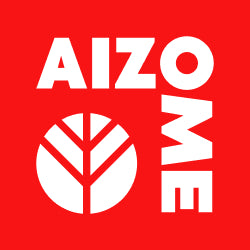



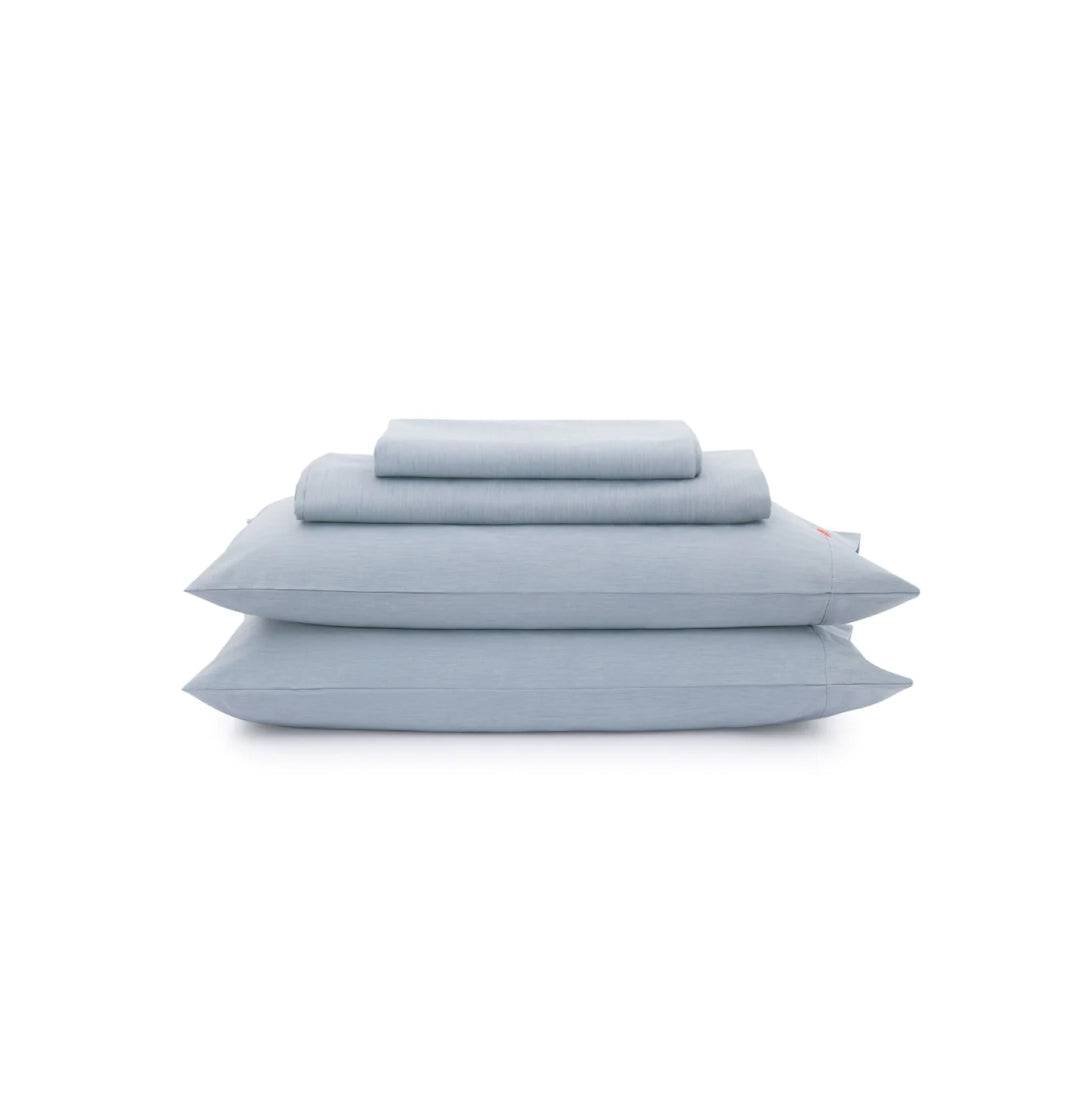

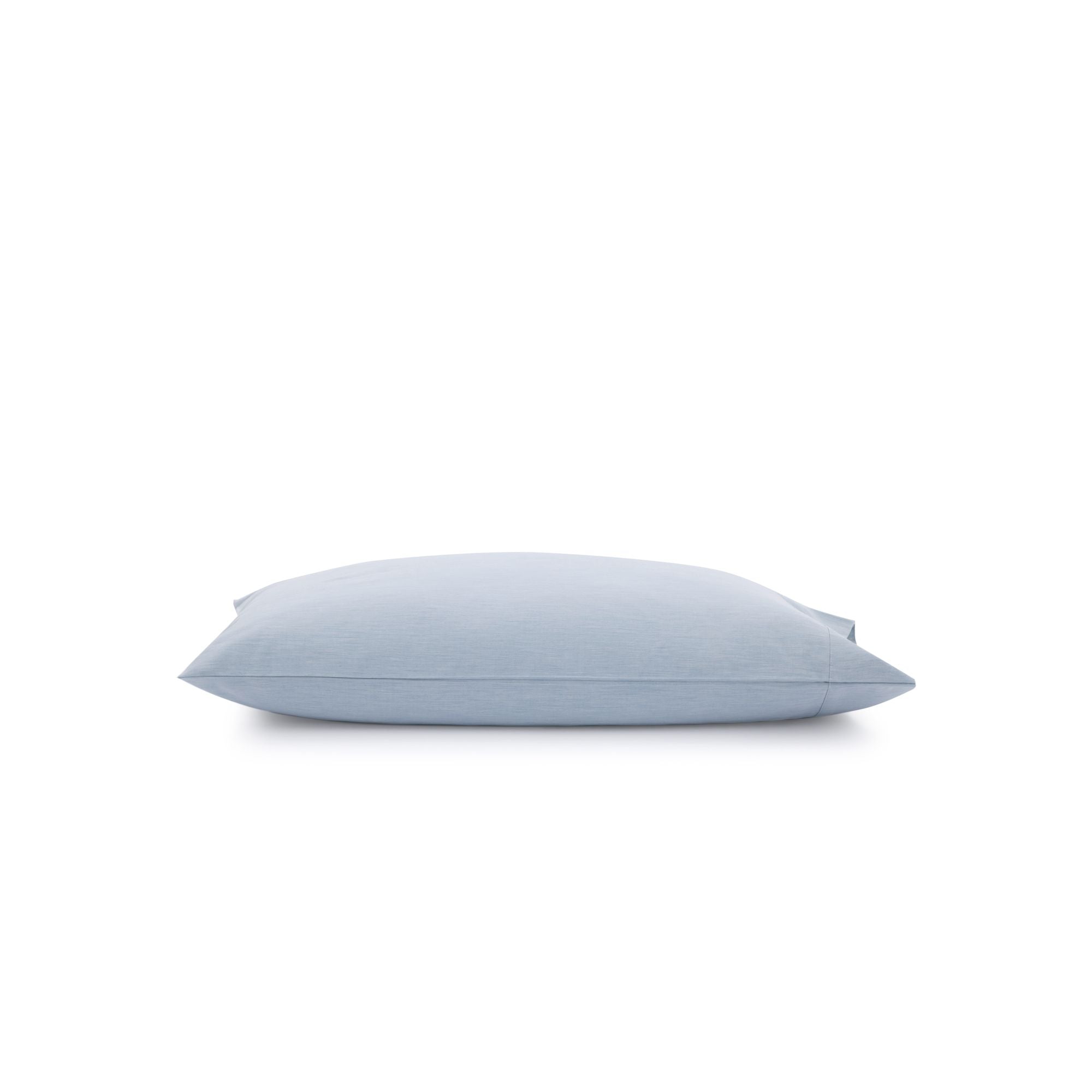
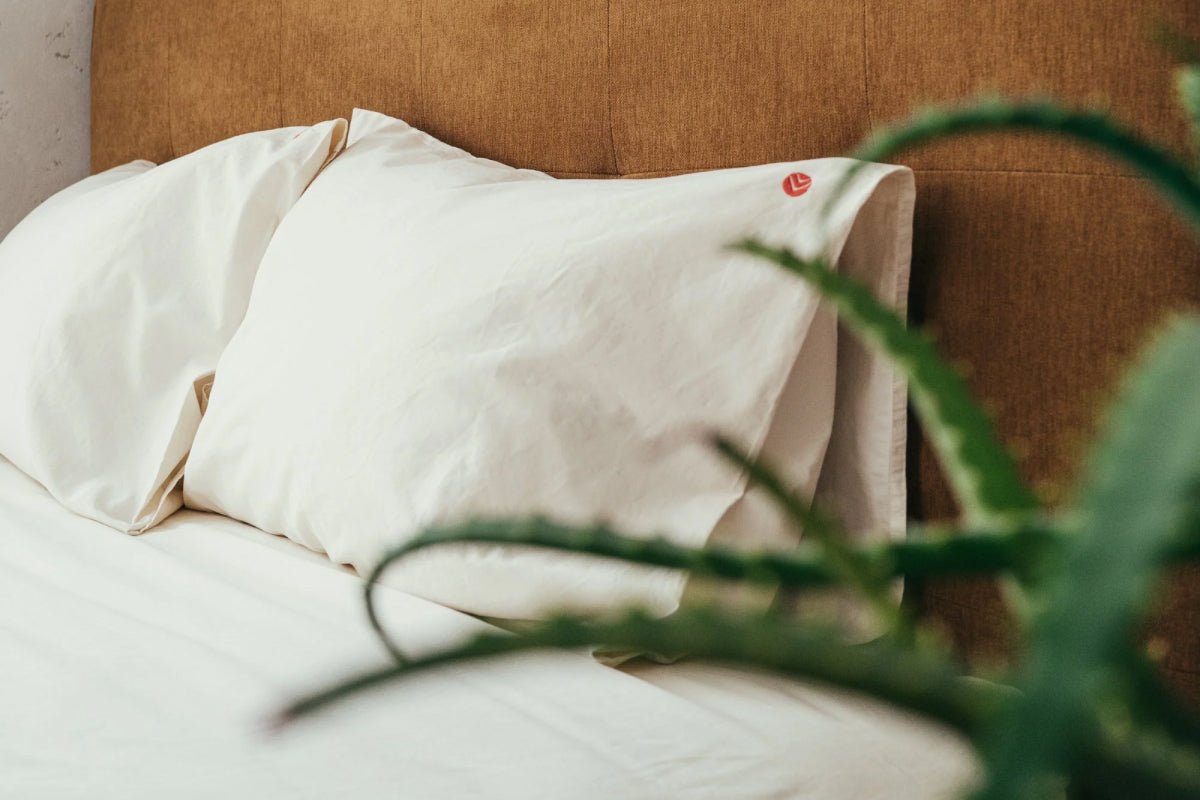 Bedding
Bedding
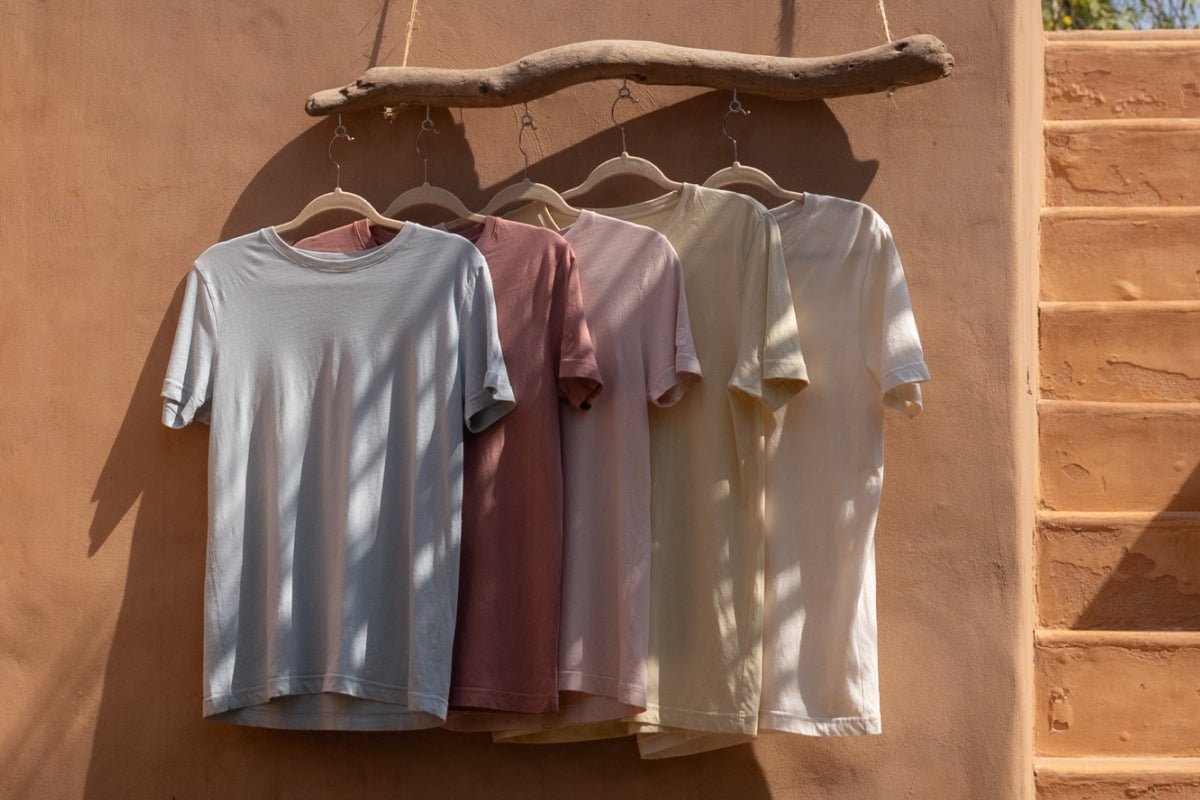 Clothing & Accessories
Clothing & Accessories
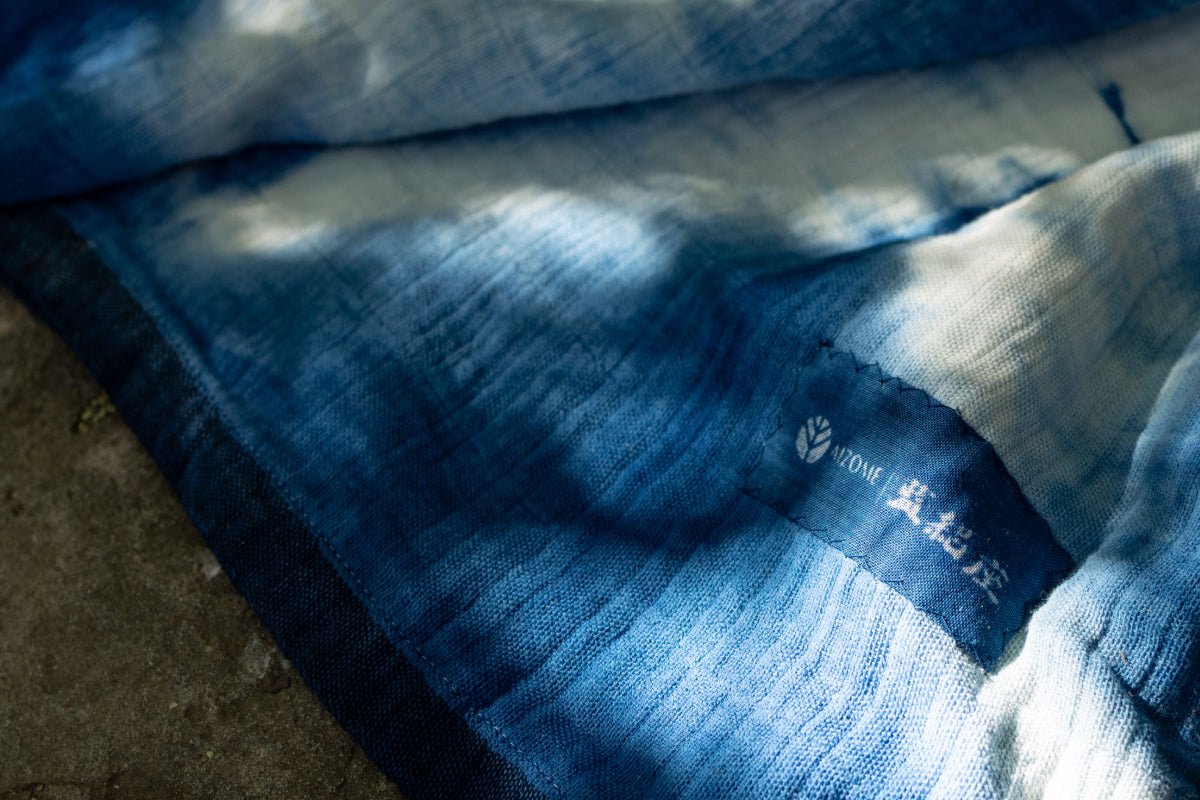 Artisan Line
Artisan Line
